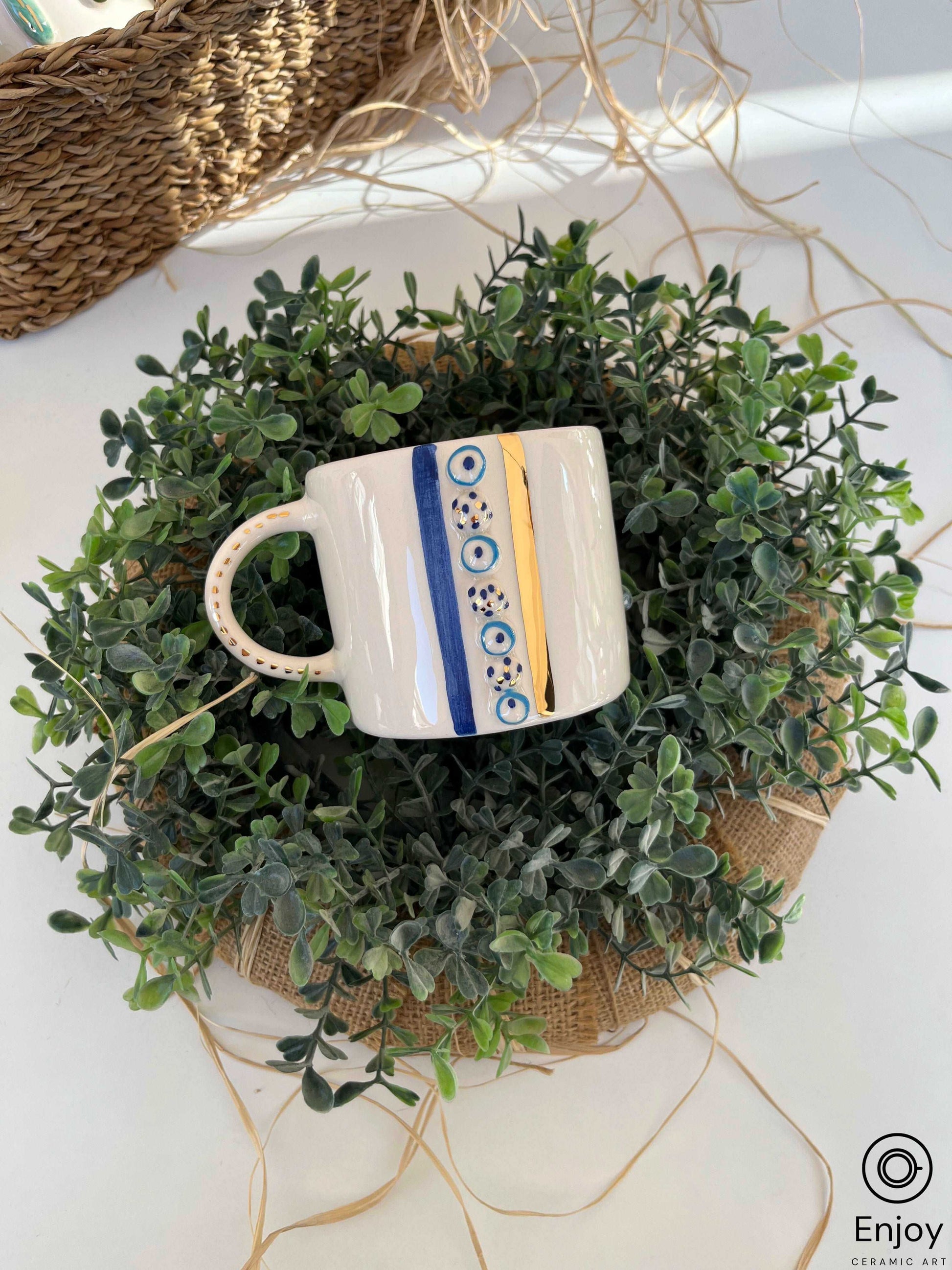The Best Guide To Top News Sites
The Best Guide To Top News Sites
Blog Article
All About Unique Art
Table of ContentsUnique Art Things To Know Before You Get This10 Simple Techniques For Unique ArtThe Basic Principles Of Unique Art Excitement About Unique Art
While one may debate which art type holds priority, the truth stays that each of these seven types provides a distinct window right into human background, society, and evolution. They are the tapestries that chronicle our journey, advising us of our past while motivating visions for the future.Wonderful artwork narrates, makes people look two times, and develops an one-of-a-kind experience that can't be matched. Art and pictures communicate all of that with color, shape and other style components. Learn just how to make your one-of-a-kind art work stand apart from the crowd.
3 Emil DervishIn this entrance by Emil Dervish that beautiful cobalt blue door swipes the show. To bring a lot more drama, he prolonged the paint. to the doorframe and the wall surface up, ending up in a curved form. The contours, together with a round sconce, soften the sides - Unique Art. Frameworks classic posters and maps of precious areas established the scene.
8 TRIA GIOVANEqual parts grand and laidback, this entrance hall designed by Anthony Baratta is the best plan to follow if you're enhancing a formal entryway that still feels unfussy and comfortable. Formed fabrics take facility phase (see the carpetings and the couch), yet they also aid bring the high ceilings to a human scale when hung over wallpaper.
An Unbiased View of Unique Art
18 Heidi Caillier DesignA gallery wall surface does not require to take up the whole room. Often a little one can make a bigger style declaration. In this living room, Hiedi Caillier opted for micro-mini frames and an arbitrary structure.
The elements of this languageits forms, lines, colours, tones, and texturesare used in different means to produce feelings of quantity, space, activity, and light on a flat surface. These components are incorporated into meaningful patterns in order to represent real or mythological phenomena, to translate a narrative style, or to produce entirely abstract aesthetic relationships.
Later on the concept of the "fine musician" established in Asia and Renaissance Europe. Prominent painters were afforded the social status of scholars and courtiers; they signed their work, chose its design and usually its subject and images, and established an extra personalif not always amicablerelationship with their clients. During the 19th century painters in Western cultures started to shed their social position and secure patronage.
Unique Art Fundamentals Explained
Others earned an income through visiting exhibitions of their work. The requirement to attract a market had changed the comparable (if much less impersonal) demands of patronage, and its effect on the art itself was most likely similar as well. Unique Art. Generally, musicians in the 20th century can reach a target market only through commercial galleries and public galleries, although their work may have been occasionally replicated in art periodicals
For the history of painting in ancient Egypt, see Egyptian art and style. The development of paint in various regions is dealt with in a number of posts: Western painting; African art; Main Oriental arts; Chinese paint; Islamic arts; Japanese art; Korean art; Indigenous American art; Nautical art and style; South Oriental arts; Southeast Asian arts. For a conversation of the imitation of works of art, see imitation. For a conversation of the duty of painting and various other arts in religion, along with of the use of religious icons in art, see spiritual significance and iconography. For information on other arts associated with paint, see posts such as drawing; individual art; printmaking. It is the sense of inevitability in this formal organization that gives an excellent painting its self-sufficiency and existence. The colours and positioning of the primary pictures in a style might be sometimes mainly decided by representational and symbolic factors to consider. Yet it is the formal interplay of colours and shapes that alone is qualified of connecting a particular mood, generating optical feelings of area, volume, activity, and light and developing my sources forces of both harmony and tension, also when a painting's narrative significance is obscure.
Don't copy the style of various other artists if you're attempting to discover your design. Copying other people's art work can be excellent in academic functions but it will not make you closer to finding your own distinct style. Your artistic style needs to be, what you such as and what influences you.

Unique Art for Dummies
You need to attempt lots of different options and explore whatever prior to you can concentrate on one certain design or you'll be tired, or even worse, you'll dislike your own design. I suggest you to attempt every single subject that you're interested in, check out as much as you can. Try different mediums that excite you and new techniques you have actually never tried before.
With time you'll be able to sort every one of them right into your preferred and least favorite groups. Attempt to focus your attention on the topics and tools that you like and prior to you see it coming you'll have your very own personal and one-of-a-kind design, like no person else have! In the end you'll have a couple of favorite topics to paint and possibly a couple of favorite mediums.

Report this page